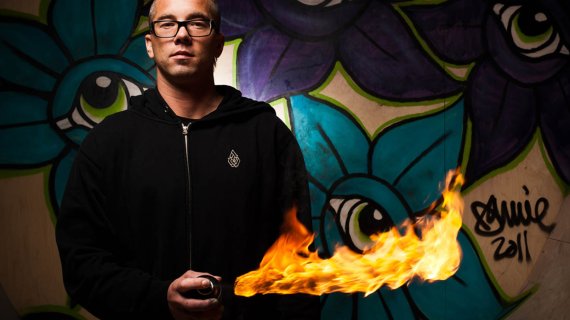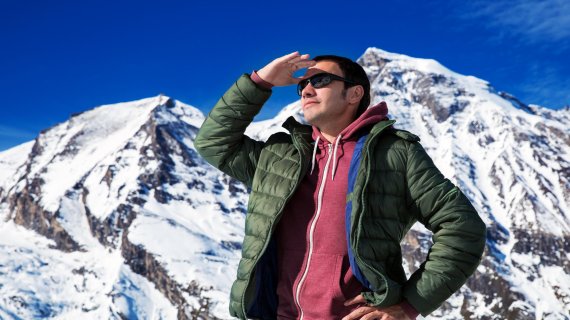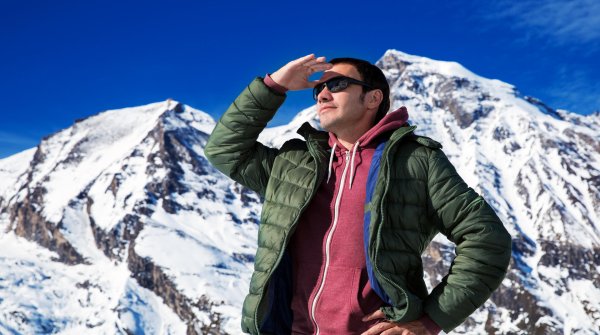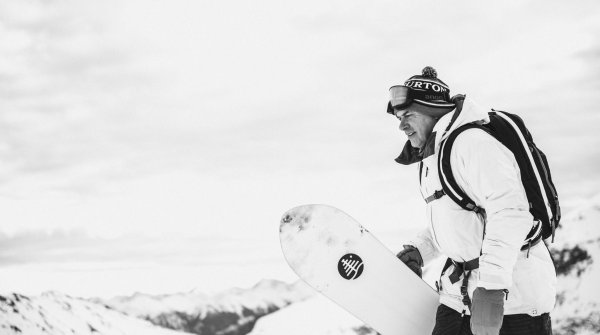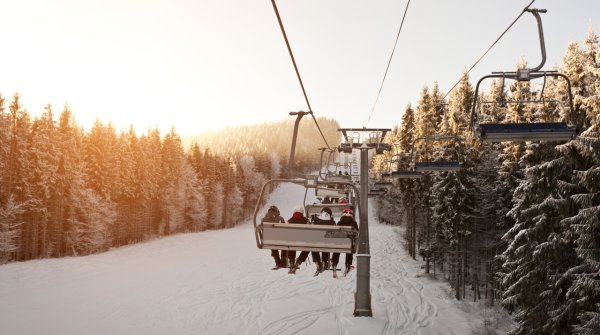Snowboarding - All trends, info and news
Snowboarding is a young sport that only celebrated its breakthrough in the late 1980s. That makes what it has achieved all the more impressive: According to the DSV, there are currently around two million winter sports enthusiasts on snowboards. And most of them probably think like US snowboard pro Jeremy Jones: "With a snowboard on your feet the sky is the limit."
Race board, carving board, freeride board, freestyle board, all-round board. The hottest top brands convince with new styles, innovations and trends at every session and equip you with the perfect equipment for your next visit to the slopes. With ISPO.com you are always up to date!
Halfpipe: Judges evaluate the jumps and tricks that the snowboarder shows in the snow channel (half-high, open tube). The focus is on the difficulty, execution and variety of the maneuvers shown. Five to eight tricks per run are common.
Slope Style: Riders race over a course that allows them to perform tricks and jumps. The performance is evaluated by judges. The discipline has been an Olympic event since 2014.
Snowboard Cross: The riders race on a course with curves, obstacles and bumps. In the first, individually ridden, round (qualification), the best time finishers move on. After that, it continues in groups of four, with the two fastest riders reaching the final.
Parallel slalom and giant slalom: Two snowboarders compete against each other on the slope, the winner qualifies for the next round. The set gates have to be skied around on the short pole. There is also a single race against the clock as a qualifying round.
What used to be part of a subculture has now not only arrived in the mainstream, but can also be found in important extreme sports events such as the X-Games. Snowboarding has now shaped an entire industry and established itself in winter sports and action sports.
The snowboard market is dominated by around 30 manufacturers, and the choice of boards in the stores is even greater. In the annual tests, hundreds of snowboards enter the race - you can buy in all price categories from just under 100 to 1,500 euros. In addition to Burton, the leading manufacturers include: Amplid, Arbor, Bataleon, CAPiTA, DC, Drake, Elan, Endeavor, Flow, Gnu, Head, Joes, K2, Korua, Lib Tech, Never Summer, Nidecker, Nitro, Ride, Rome, Roxy, Salomon, Slash, Smokin, Stepchild, Technine, Völkl and YES.
Snowboard courses are offered in all ski resorts. Even experienced skiers should get instruction here, because incorrect movement patterns are difficult to eradicate later. At the beginning, it's all about standing securely on the board and keeping your balance. This initially requires the correct adjustment of the binding to center the board. During the first attempts to slide down the slope, the following principles apply: Shoulders aligned parallel to the direction of travel, arms relaxed but ready for action. The knees remain loose to cushion possible bumps. The head is turned in the direction of travel. To train braking and the correct use of the edges - backside and frontside - a slope as flat as possible is sufficient at the beginning, with the edge of the board parallel to the slope.
Snowboard types and bindings
Snowboards have a length between one and 1.80 meters. They are usually made of wood or plastic, but can have a foam or aluminum core. On the underside of the snowboard is a special coating that allows good gliding with as little abrasion as possible. On the top side is mounted the binding.
The main types of snowboards are:
- Race board: designed for racing
- Carving board: designed for dynamic riding on the edges
- Freeride board: primarily for deep snow
- Freestyle board: designed for jumps
- Allround board: ideal for groomed slopes
In addition, there are many special boards, such as the splitboard (divisible), tandem snowboard (for 2 riders), the jib board (for extreme jumps) or rocker (for easier turns). In addition to the boards, the binding determines how the power can be transferred. Four types of bindings are available: soft and the flow binding for soft boards, plate and step-in binding. The binding is set at a specific angle, with the German Ski Association recommending 30° in the front and 15° in the back, respectively. However, the actual setting depends on personal preference, the rider's ability and the snowboard discipline in question.



